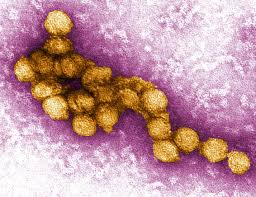Understanding West Nile Virus: Risks and Recent Developments

Introduction
The West Nile Virus (WNV) has emerged as a significant public health concern, especially in the wake of recent outbreaks across various regions. Named after the West Nile region of Uganda where it was first identified in 1937, the virus is primarily transmitted through infected mosquitoes. With climate change and increased mosquito populations, awareness and research into WNV have become more crucial than ever.
Current Outbreaks and Statistics
As of the 2023 epidemiological season, reports from the Centers for Disease Control and Prevention (CDC) indicated a 22% increase in West Nile Virus cases compared to the previous year. States like California, Texas, and Florida have reported numerous infections, prompting health authorities to issue warnings about potential outbreaks. The symptoms of WNV infection can range from mild flu-like signs to severe neurological diseases. The CDC estimates that about 80% of people infected with WNV do not develop symptoms, but for those who do, the consequences can be serious.
Research and Prevention Efforts
Research into the West Nile Virus has gained momentum, with scientists focusing on understanding its transmission dynamics and potential vaccines. Recent studies published in 2023 highlight the role of urbanisation and climate variability in increasing mosquito habitats, thereby elevating infection risks. Accordingly, public health officials advocate for preventive measures such as eliminating standing water, using mosquito repellent, and promoting awareness about the virus.
In addition to preventive strategies, a significant push for a vaccine continues, with clinical trials aiming to provide effective solutions. However, as of now, no specific antiviral treatments exist for WNV, making prevention a priority.
Conclusion
As the threat of West Nile Virus continues to evolve, public health awareness and research efforts must remain at the forefront. Increasing temperatures and shifting weather patterns can exacerbate mosquito populations, making understanding and controlling WNV critical for public health. It is essential for communities to remain vigilant and work with health authorities to mitigate risks associated with the virus, ensuring that response measures are appropriate and effective. As scientists continue to make strides in vaccine development, the importance of community engagement and education cannot be overstated in the fight against West Nile Virus.


